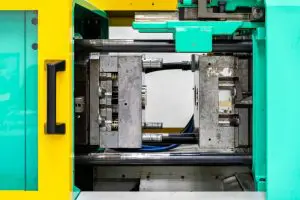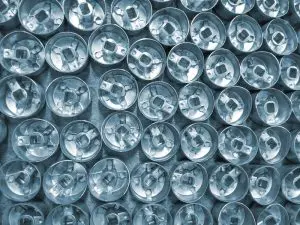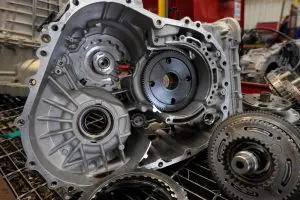Die casting is a mechanized casting procedure wherein complex metal parts are manufactured by using reusing moulds, also known as dies. The first die casting machines were used for the printing industry in 1838. The technology was used to produce movable typing machines.
Table of Contents
What are die casting defects?
Precision die casting is very popular in various manufacturing industries. However, the process involves different complicated steps which if not correctly executed, can lead to defective casting. Additionally, if not identified timely, these defects may affect the yield rate and the quality of the mould.
How are die casting defects caused?
Die casting defects are dependent on the metal type and also on how the components are casted. They are caused due to various factors like irregularities in casting process, improper temperature of moulds and molten metal, air-filled in the metals and improper pressure during filling. Once defects occur on the cast mould whether internally or externally, it is a very expensive and tedious task to rectify them.
Types of die casting defects
A perfectly designed casting, molten metal and ready to use mould mostly gives you an ideal casting. However, a lack of supervision at any step of the process may lead to the die casting defects.
Casting defects can be classified into the following:
Internal defects
Internal defects are those that hamper the in-service performance of the components. Here, the resistance of the structure weakens, and it is more difficult to spot them. Significant types of internal defects are:
- Shrinkage defects like macro shrinkage and layer porosity
- Gas related defects like hydrogen porosity and air entrapment porosity.
- Filling related defects like cold joint and lamination
- Thermal contraction defects like inclusion
- Undesired phases like hot tear and cold crack.
Superficial defects
Superficial defects are also known as surface defects and it is a type of defects which can be spotted easily as they are visible. It impacts the creative quality of the component surface. Various kinds of superficial defects are
- Shrinkage defects like sink
- Gas related defects like blisters and pinhole
- Filling related defects like vortex and cold shots
- Undesired phases like contamination and surface deposits
- Thermal contraction defects like hot tear
- Die-Metal interaction defects like ejection mark and soldering.
10 dies casting defects and tips to avoid them
There are many types of internal and superficial die casting defects. Here we will see the ten most common ones and tips to avoid them.
1. Shift defect
It is caused by the inaccurate alignment of the lower or upper part of the casting. It can be rectified by proper alignment of the mould box and flask.
2. Swell defect
It is the swelling of the mould cavity due to molten metal pressure which causes casting enlargement. It can be treated by ramming sand evenly and adequately.
3. Blowholes
Blowholes are the oval and round cavities formed by the entrapped gas on the casting. It can be treated by using highly absorbent sand, controlling moisture in the sand and optimum ramming.
4. Drop
When sand pieces get mixed with molten metal due to crack on the surface of sand, drop defects emerge. These defects can be treated by high strength sand and perfect melting of metal.
5. Pinholes
This defect is caused by the insolubility of hydrogen gas in the molten metal. It can be treated by following ideal melting and fluxing practices, using high permeable and less moisture moulding sand.
6. Cold shut
This defect is caused due to a flawed gating system, lack of fluidity and low metal melting temperatures. It can be rectified by keeping ideal pouring temperature and improvising the gating system.
7. Misrun
Misrun is caused when molten metal does not fill the mould cavity completely, and it solidifies beforehand. It can be rectified by increasing the fluidity of the molten metal and using a perfect gating system.
8. Slag Inclusion
When slag particles dissolve with molten metal, slag inclusion defects can be seen after the cooling process. This defect can be controlled by removing slag particles before pouring the molten metal.
9. Hard spots
When any particular area of the casting cools more quickly than the neighbouring material, hard spot defects occur. This defect can be rectified by following ideal cooling practices and altering the chemical composition of the metal.
10. Warpage
After solidification of the molten metal, if there is accidental deformation in the casting, then Warpage defect can be seen. It can be rectified by using ideal casting designs.
Final Words
This article is beneficial for those who want to know about various types of die casting defects, their causes and remedies.



